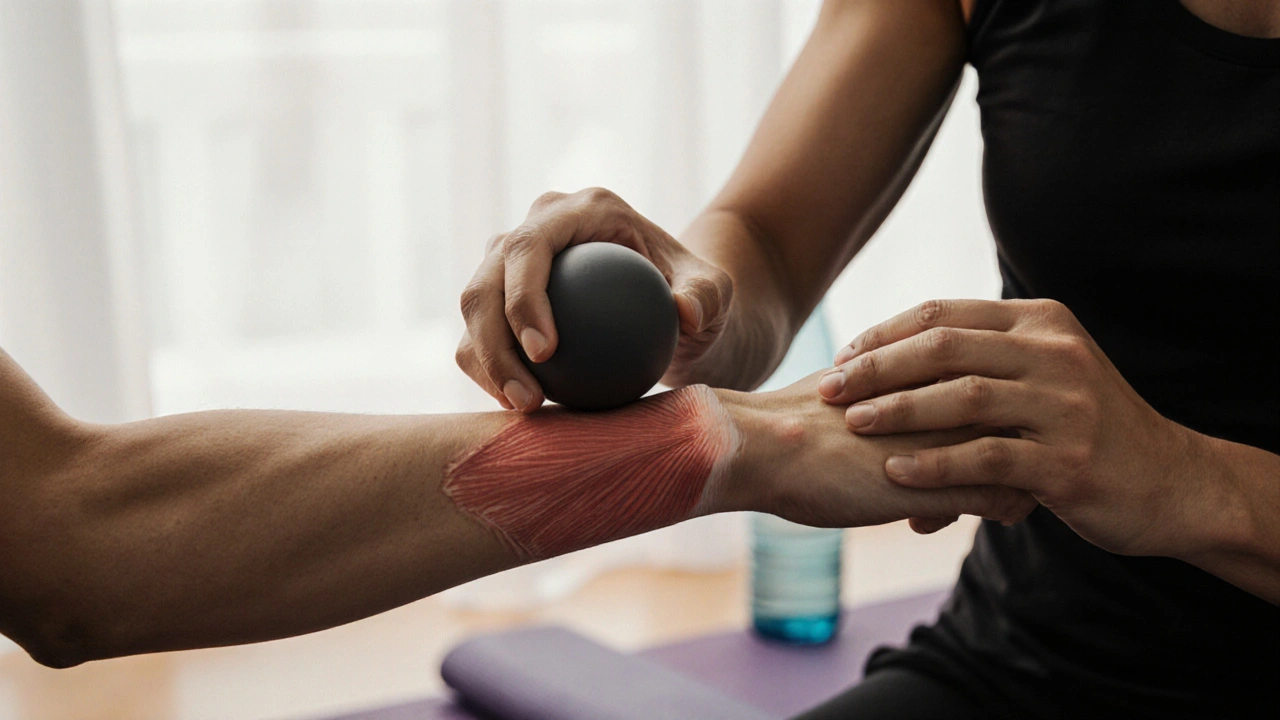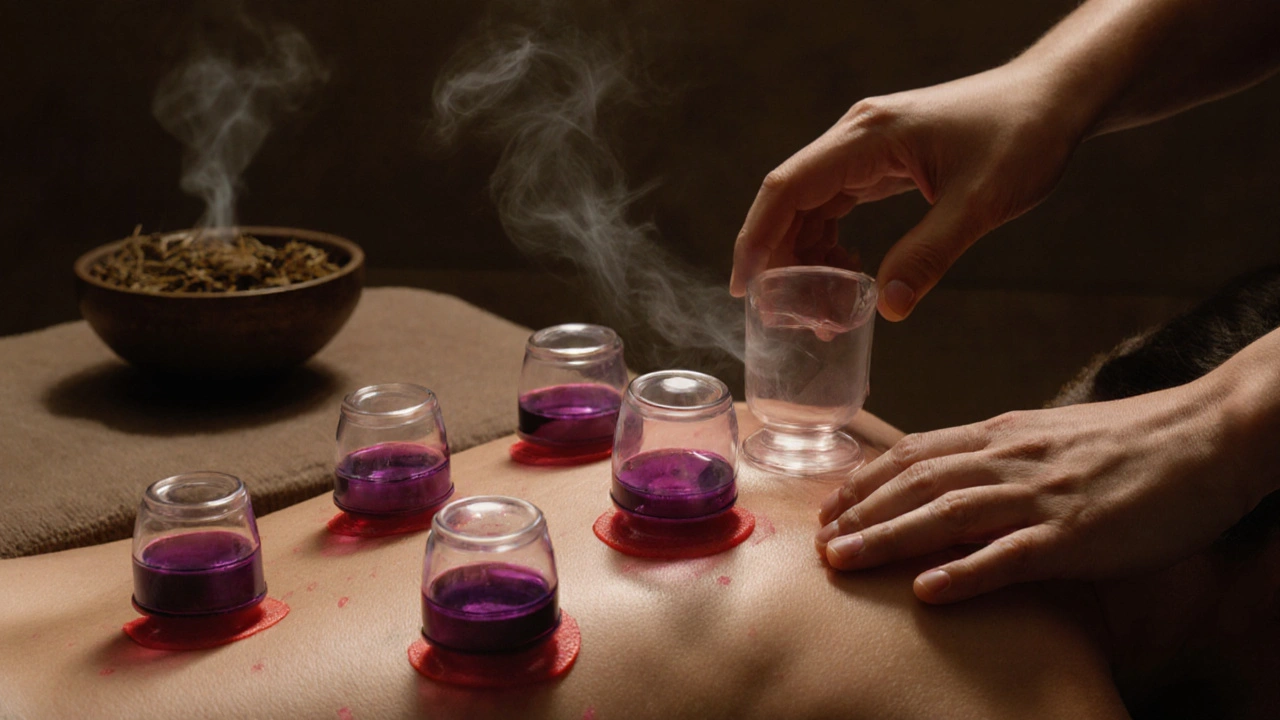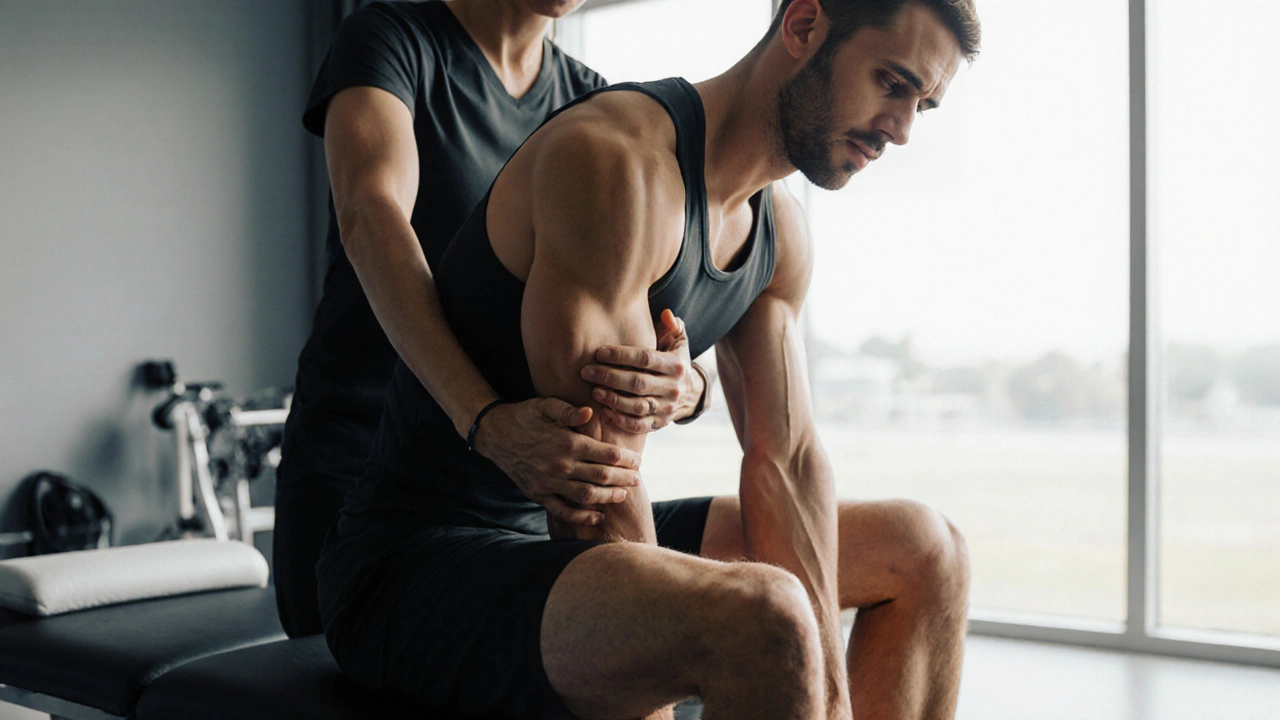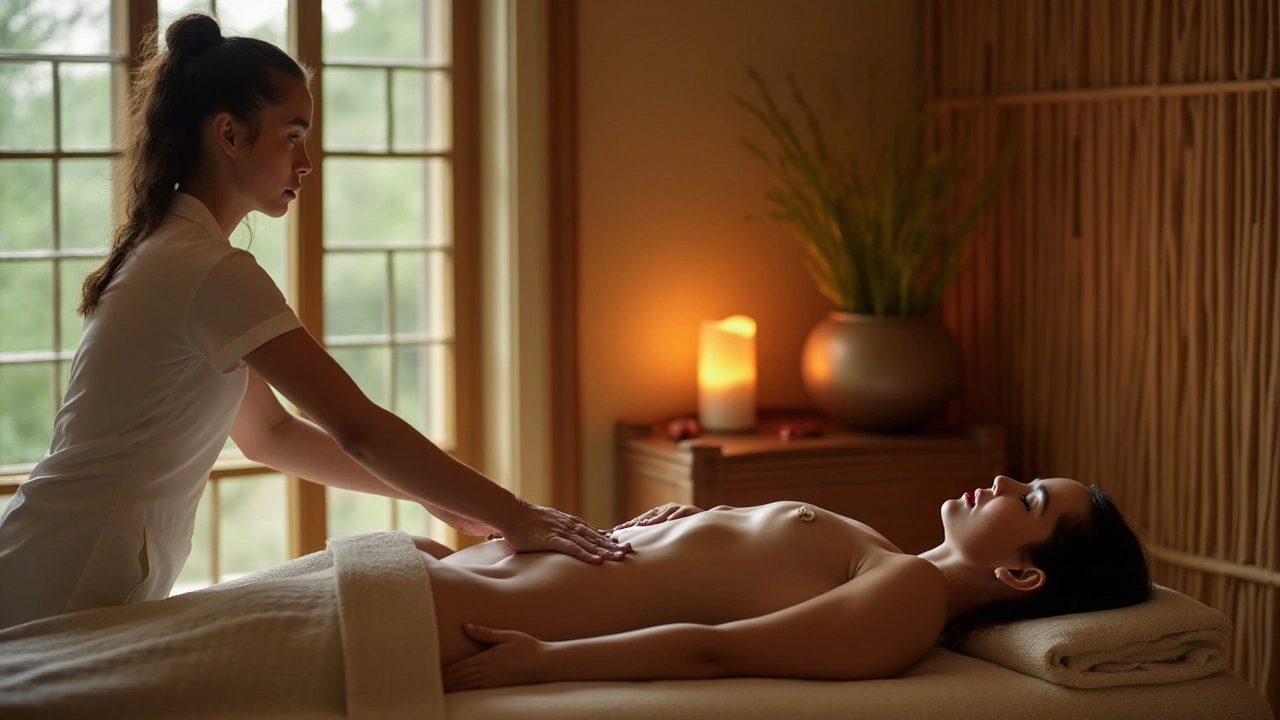Muscle Recovery: Massage and Simple Routines That Actually Work
Sore muscles are normal after hard work, but soreness that drags on is not. You can speed recovery with small, targeted actions: movement, sleep, protein, and the right kind of touch. Read this if you want fast, useful steps you can do at home and clear signs of when to book a therapist.
Quick at-home steps you can use today
1) Move gently. A 10–20 minute walk, easy bike ride, or mobility drill increases blood flow and reduces stiffness. Avoid more high-intensity work the day after a heavy session.
2) Hydrate and eat protein within two hours. Water helps nutrient delivery. A 20–30g protein snack after exercise helps repair muscle.
3) Use contrast: 10 minutes cold (ice pack) for sharp inflammation, or 10–20 minutes warm if muscles feel tight and not swollen. Don’t ice deep, long after cozy heat is enough.
4) Self-massage basics: use a foam roller or a lacrosse ball on tight spots. Spend 1–2 minutes per spot. For glutes and shoulders, press gently into the knot, breathe, then move your limb slowly to release tension.
5) Trigger point moves: find the painful knot, hold steady pressure for 20–60 seconds until you feel it ease, then stretch the area. That often beats trying to scrub or poke randomly.
6) Sleep and breath: aim for 7–9 hours and add deep breathing sessions (5 minutes) to reduce stress hormones that slow repair.
When to see a therapist and what to choose
See a pro if pain is sharp, gets worse, limits movement, or lasts more than two weeks. Also consult if swelling, fever, or numbness appears. Tell the therapist what you do, what hurts, and what you’ve tried.
Which therapy helps what: trigger point or deep-tissue massage for stubborn knots; Amma or sports massage for back and athletic recovery; warm stone to loosen tight muscles in cold months; Ortho-Bionomy or gentle bodywork when pain flares with movement; Rolfing or Hellerwork if posture and alignment are the problem. Palliative or gentle touch is right for fragile health needs.
What to expect: a good therapist asks about history, tries light work first, and gives homework (stretches, self-massage). Ask about session length, pressure, and post-care tips. If a technique causes sharp pain or numbness, stop and tell them.
Try this simple routine this week: 10 minutes of mobility after workouts, a 20–30g protein snack, one 5-minute self-massage session, and a 30-minute walk the next day. Small habits beat big fixes when you want steady muscle recovery.

Boost Your Recovery Process with Cross Fibre Release
Cross fibre release is a targeted therapy to break down scar tissue and adhesions, speeding up muscle recovery. Learn how to use it safely at home for chronic tightness, tendinitis, and old injuries.

How Cupping Therapy Can Improve Your Wellbeing
Cupping therapy uses suction to improve circulation, reduce muscle tension, and relieve stress. Backed by ancient practice and modern research, it helps with pain, recovery, and overall wellbeing - naturally.

Neuromuscular Massage for Peak Performance: Benefits & How It Works
Discover how neuromuscular massage works, its performance‑boosting benefits, who should try it, session expectations, and post‑care tips for athletes and fitness enthusiasts.

Why Amma Massage is Essential for Your Fitness Journey in 2025
Unpack why Amma massage is the secret weapon for anyone serious about their fitness. Real benefits, practical tips, and advice from inside the therapy room.

Unlocking Athletic Potential with Amma Massage Therapy
Amma massage, an ancient healing practice rooted in traditional Chinese medicine, has emerged as a hidden gem for athletes seeking enhanced performance and faster recovery. This invigorating bodywork technique focuses on stimulating acupressure points and energy flow to promote physical and mental well-being. Athletes are discovering its benefits for increased flexibility, reduced muscle tension, and improved endurance. Dive into the world of Amma massage to learn how it can be an integral part of an athletic regimen, offering unique benefits that go beyond conventional massage therapies.
Categories
- Health and Wellness (148)
- Alternative Therapies (81)
- Massage Therapy (40)
- Travel and Culture (14)
- Beauty and Skincare (9)
- Holistic Health (8)
- Health and Fitness (5)
- Spirituality (5)
- Other (2)
- Personal Development (2)
Popular Articles



